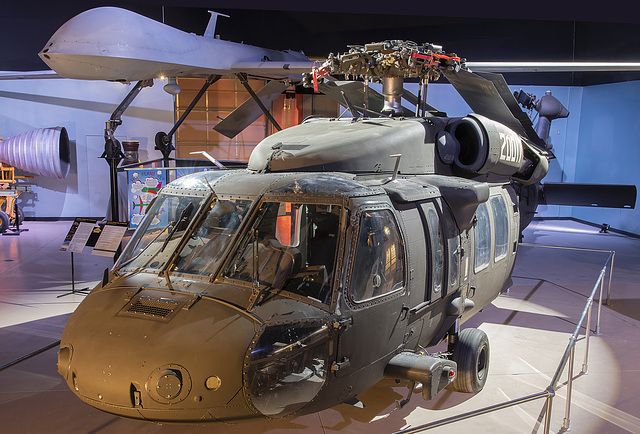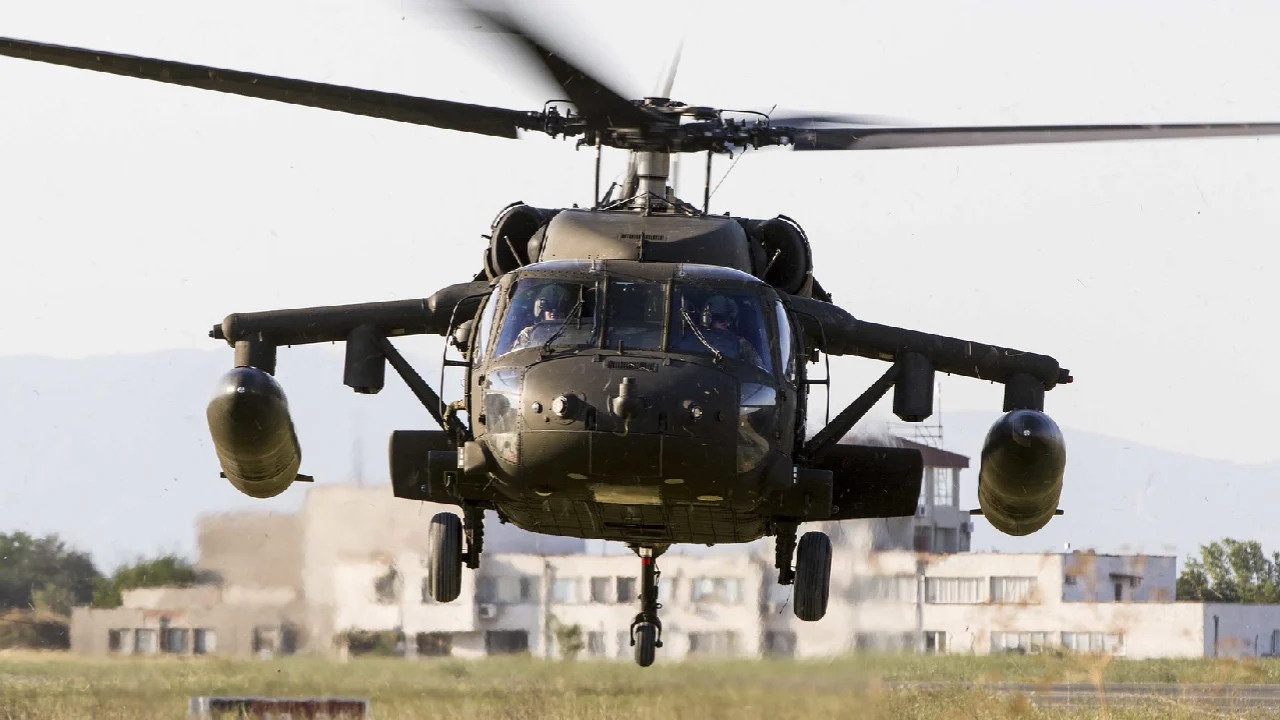A Comprehensive Guide to the Abilities and History of the UH60 Blackhawk Helicopter
Since its inaugural trip in 1974, the Sikorsky UH-60 Blackhawk has actually developed from a tactical transport helicopter into a keystone of military procedures worldwide. Its extensive usage in varied roles-- from combat missions to humanitarian relief-- highlights its adaptability and resilience. As we discover the Blackhawk's journey and its extensive influence on both war and help objectives, one might ask yourself how emerging innovations will form its future contributions to global defense strategies.
Development of the UH-60 Blackhawk: From Idea to Release

Formally presented to the Army in 1979, the Blackhawk was a substantial innovation in rotorcraft innovation, including twin engines for better power and redundancy, a toughened body, and progressed avionics. Its capability to bring 11 totally furnished soldiers or a 2600-pound haul highlighted its flexibility and boosted operational capabilities. Over the years, it has been continually updated to incorporate the most recent in military modern technology, ensuring its importance in modern army procedures.
Key Goals and Functions of the UH-60 Blackhawk in Modern Problems

A number of essential goals underscore the UH-60 Blackhawk's critical function in modern disputes. Its versatility makes it a possession throughout diverse procedures, including army transportation, clinical evacuation, and search and rescue. The Blackhawk's ability to promptly release soldiers right into warm areas, commonly under heavy fire, exemplifies its relevance in tactical army interactions. Especially, its usage in the 1991 Gulf Battle and subsequent conflicts like those in Afghanistan and Iraq highlights its efficiency in battle and non-combat scenarios alike.
The helicopter additionally plays a pivotal duty in humanitarian objectives. The Blackhawk's adaptability prolongs to unique operations, where its stealth and dexterity are paramount.
Technological Enhancements and Future Prospects of the Blackhawk Fleet

Looking ahead, the future of the Blackhawk fleet appears concentrated on boosting versatility and survivability - uh60 blackhawk helicopter. Plans are underway to execute independent trip abilities, possibly reducing staff threats during high-threat goals. Additionally, hybrid-electric innovations are being explored to boost endurance and decrease the helicopter's acoustic trademark. These innovations aim to maintain the UH-60 at the center of rotary-wing tactical procedures, ensuring its significance in contemporary warfare and humanitarian objectives for several web link years ahead.

Verdict
The UH-60 Blackhawk helicopter has constantly verified itself as a vital asset in humanitarian and armed forces arenas. From its inception in the 1970s to its crucial roles in significant global disputes, the Blackhawk has actually adapted through considerable technical developments. As it accepts future upgrades, including possible self-governing modern technologies, the Blackhawk is positioned to stay an essential tool why not check here in both defense and aid goals, mirroring its enduring importance in modern-day procedures worldwide.
Since its inaugural flight in 1974, the Sikorsky UH-60 Blackhawk has progressed from a tactical transport helicopter right into a keystone of armed forces operations worldwide.The UH-60 Blackhawk helicopter, developed by Sikorsky Airplane, started as a visionary task in the early 1970s aimed at meeting the U.S. Army's rigorous needs for a tactical transport helicopter - uh60 blackhawk helicopter.A number of key objectives underscore the UH-60 Blackhawk's vital role in modern-day conflicts.The UH-60 Blackhawk helicopter has continuously shown itself as an important asset in army and altruistic fields. As it accepts future upgrades, consisting of possible independent modern technologies, the Blackhawk is poised to stay an essential device in both defense and aid missions, mirroring its enduring relevance in modern procedures worldwide